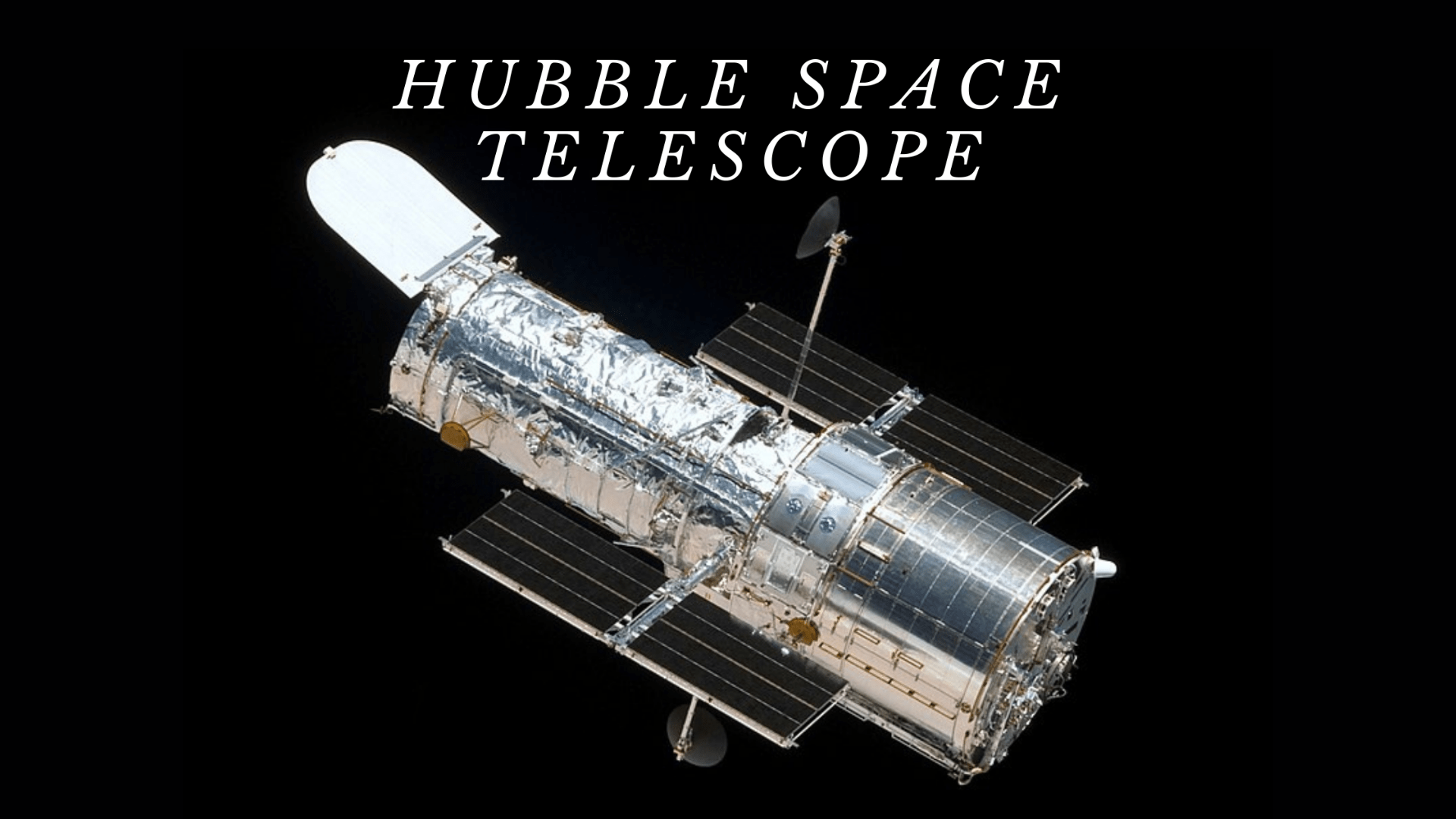
Hubble Space Telescope
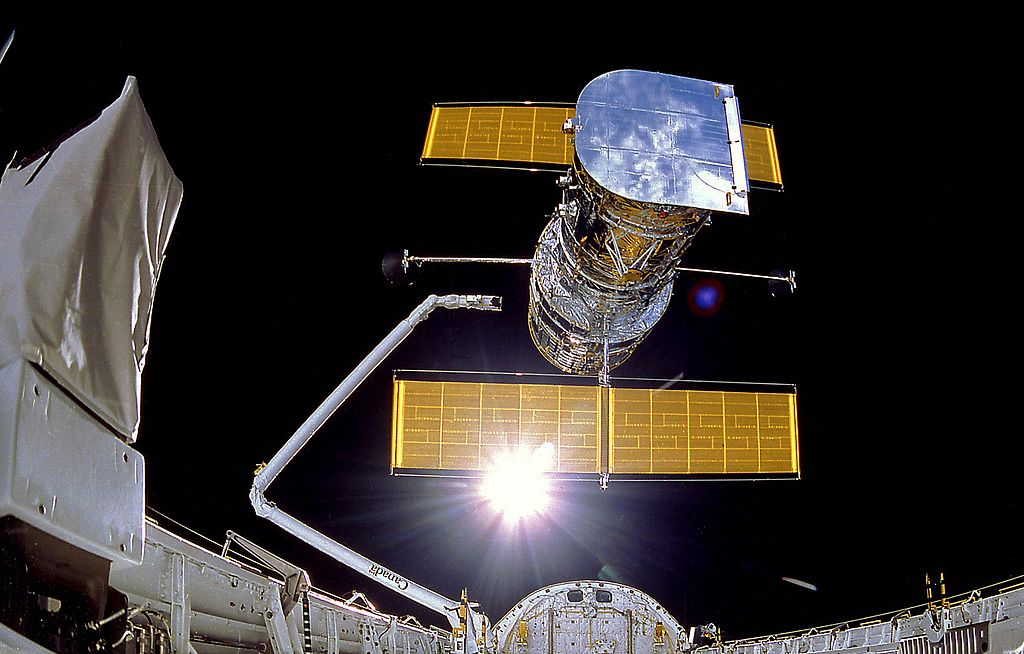
Since the dawn of civilization, humans have struggled to understand the universe, only having their vision and imagination to inform them for centuries. The invention of the telescope tempered our pride and enhanced our vision in equal stride, with observations in the 16th and 17th centuries from Copernicus, Galileo, and Kepler rebuffing the millennia-old idea that we were at the center of the universe, thus bringing in the Scientific Revolution. The telescope had become an indispensable instrument for investigating the cosmos by the 18th century. As better and bigger telescopes were being built worldwide, the planets, stars, and nebulae that couldn't be seen previously were being cataloged. Advancements in photography, photometry (measuring the brightnesses of celestial objects), and spectroscopy (splitting light into its component colors) increased telescope versatility, sensitivity, and discovery power.
Most astronomers believed that the observable universe existed within one galaxy, our Milky Way, by the turn of the 20th century. However, American astronomer Edwin Hubble, in 1924 on Mount Wilson near Los Angeles, California, used the 100-inch Hooker Telescope to study other galaxies beyond the Milky Way, finding nearly all of them moving away from each other. This finding suggested that the universe is expanding, opening up conversations about the possible beginning and end of the universe, something still debated to this day. However, astronomers before and after Hubble have faced the biggest obstacle that still stands between us and an unobstructed view of the universe: Earth’s atmosphere. The atmosphere is a mess of gas and dust that blurs visible light, which causes stars to twinkle and makes it difficult to see faint stars. The atmosphere hinders and often completely absorbs some wavelengths of light, which makes observations of ultraviolet, infrared, gamma rays, and X-rays difficult or virtually impossible.
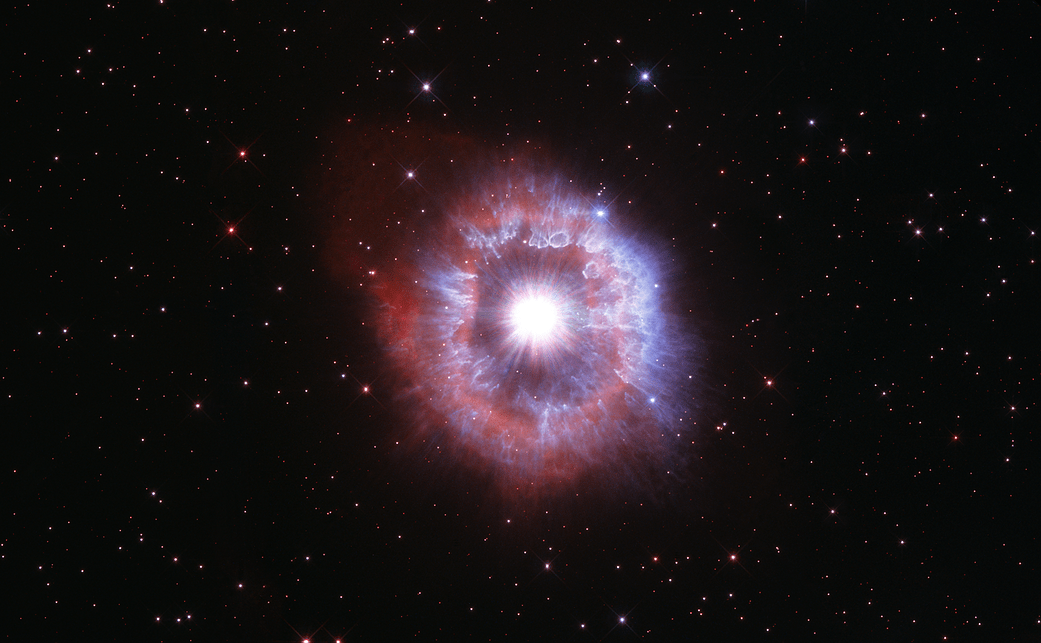
NASA’s goal was a space telescope with a lifetime of 15 years, which meant the instruments would need to be replaced either on the ground or in orbit, something that had not been possible for any previous satellite nor any since. Scientists also needed to balance the quantity and size of the scientific instruments to outweigh their cost. Too few instruments or instruments with minimal capabilities would result in the loss of scientific support for the telescope. On the other hand, too many instruments meant financial support was less likely. However, the European Space Agency (ESA) joined the project in 1975 and provided fifteen percent of the funding of the telescope. NASA, in turn, guaranteed at least fifteen percent of telescope time to European astronomers. Congress approved funding in 1977 to build one of the most sophisticated satellites ever constructed.
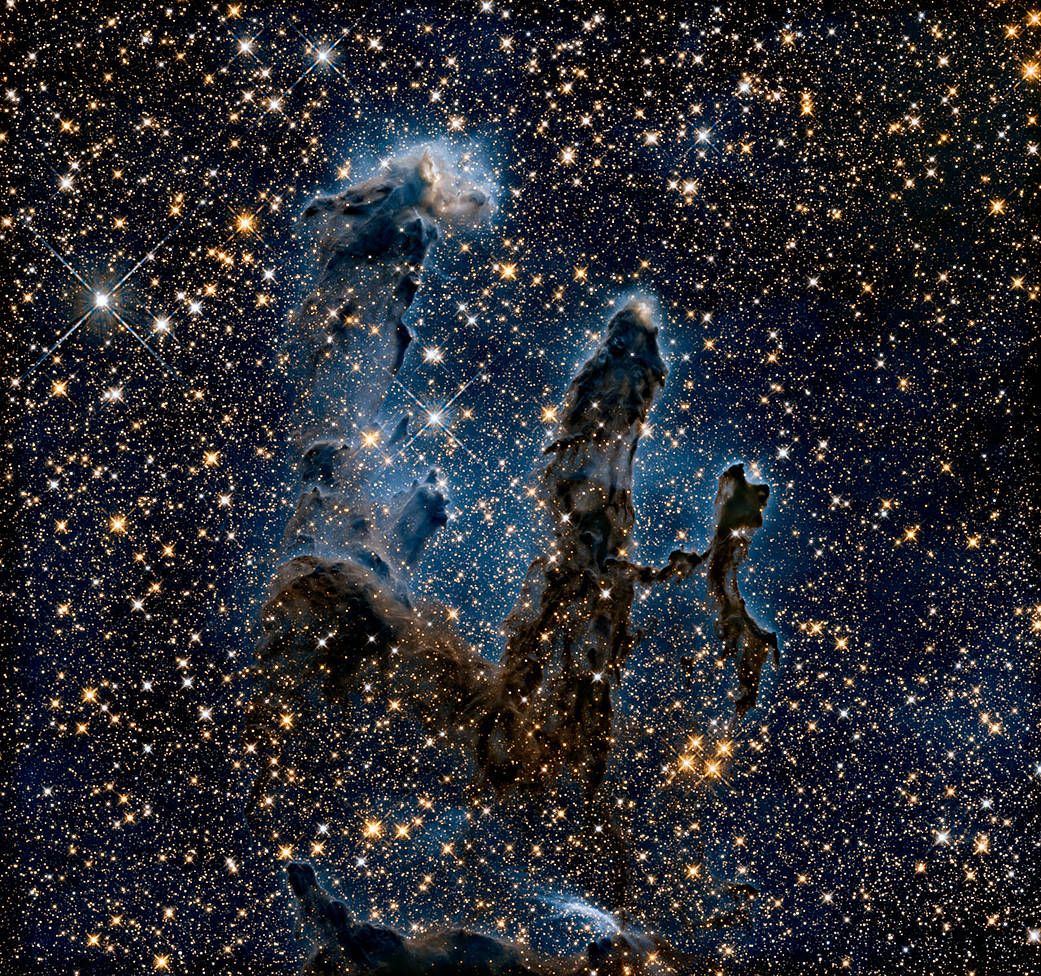
After various setbacks, due to concerns over safety concerning the Space Shuttle program, Discovery launched with the Hubble Space Telescope safely in the payload bay on April 24, 1990. Hubble was released into orbit the next day, offering us a glimpse at distant, exotic cosmic shores yet to be described.
When Hubble first started returning data to Earth, astronomers didn’t see the crisp, point-like images of stars they were expecting. Instead, they saw large, fuzzy halos of light surrounding the stars. Scientists soon realized that this issue arose because the telescope’s primary mirror edges were ground too flat. Although the mirror was perfectly smooth, it could not focus light to a single point. Despite Hubble being designed with various replaceable components, the main mirror was not designed to be replaced. However, the ability to upgrade the satellite in orbit ultimately led to a solution for this seemingly unconquerable problem.
Considering Hubble was designed to be serviced in space by astronauts periodically, it was built with astronaut-friendly modular components that were easy to replace and handle. This enabled the telescope to be updated with new, state-of-the-art equipment during five servicing missions from 1993 to 2009.
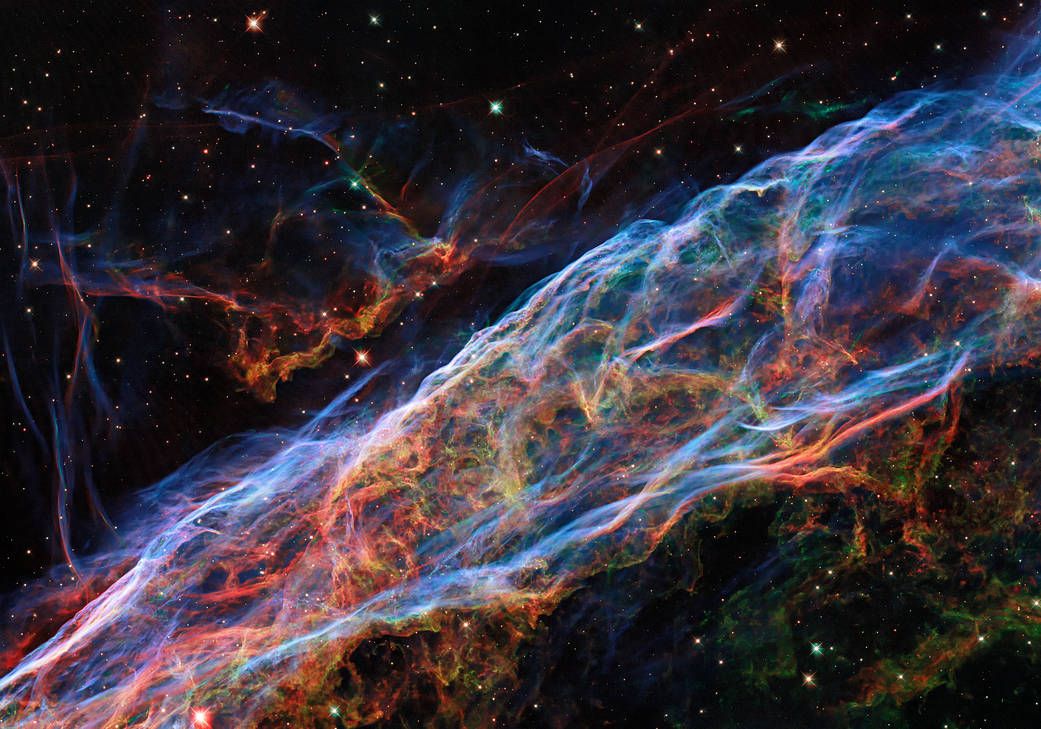
There are currently no servicing missions scheduled to repair or replace equipment on Hubble, and, like any object that’s 30 years old, there are some aging parts. However, a team of dedicated scientists and engineers are working to keep Hubble operational for as long as possible. Hubble’s engineers have figured out a way for the telescope to continue observing the universe using only one gyro and utilizing other sensors to make up for gyros that have failed.
Although it is nearly impossible to definitively compile a list of all the scientific contributions Hubble has enabled us to make so far, the observations Hubble has made have contributed to our understanding of the growth and development of galaxies, the birth of stars, the atmospheric composition of planets outside our solar system, and the presence of black holes in most galaxies. Hubble’s investigations have fundamentally changed our perception of the universe and will continue to reveal new insights for many years to come.
